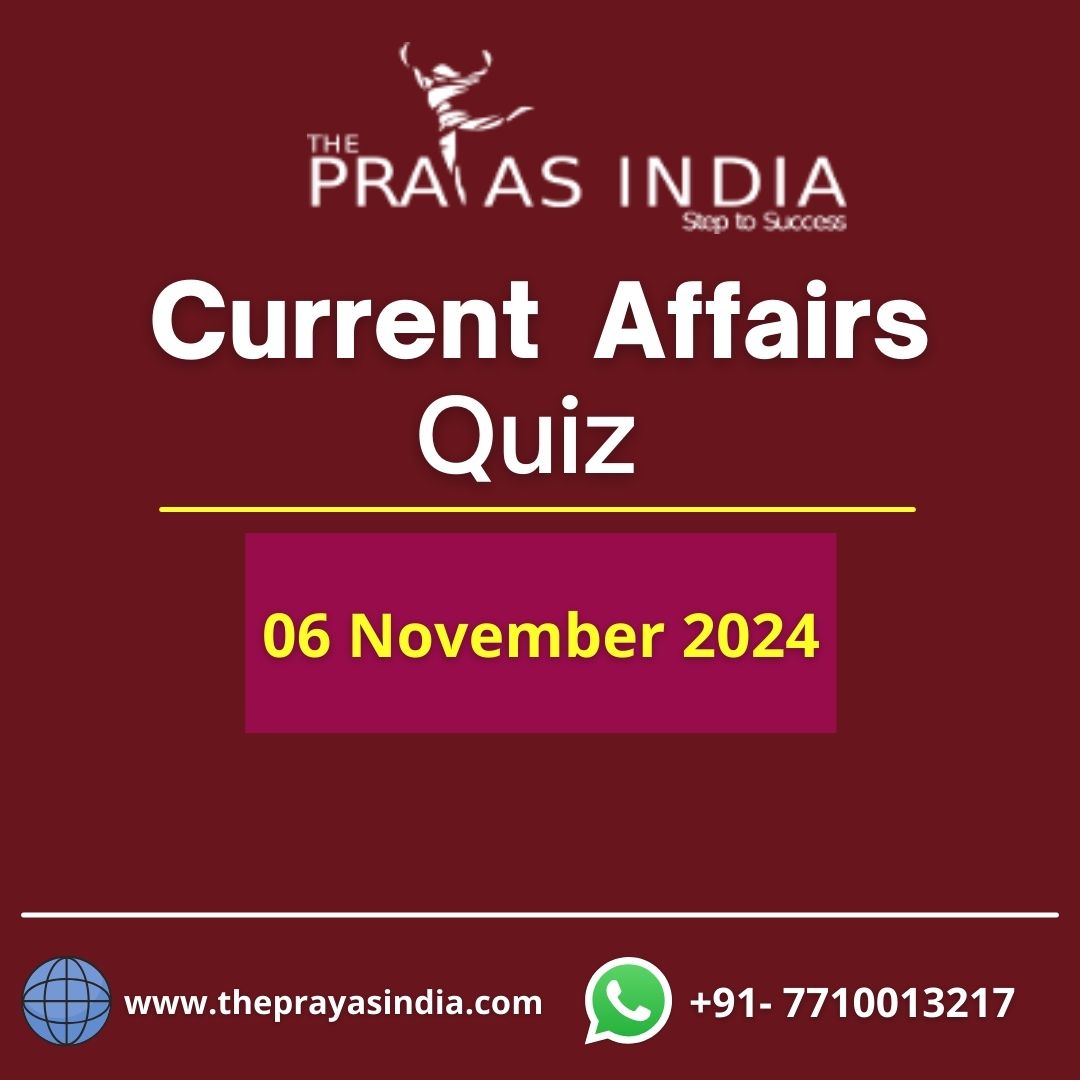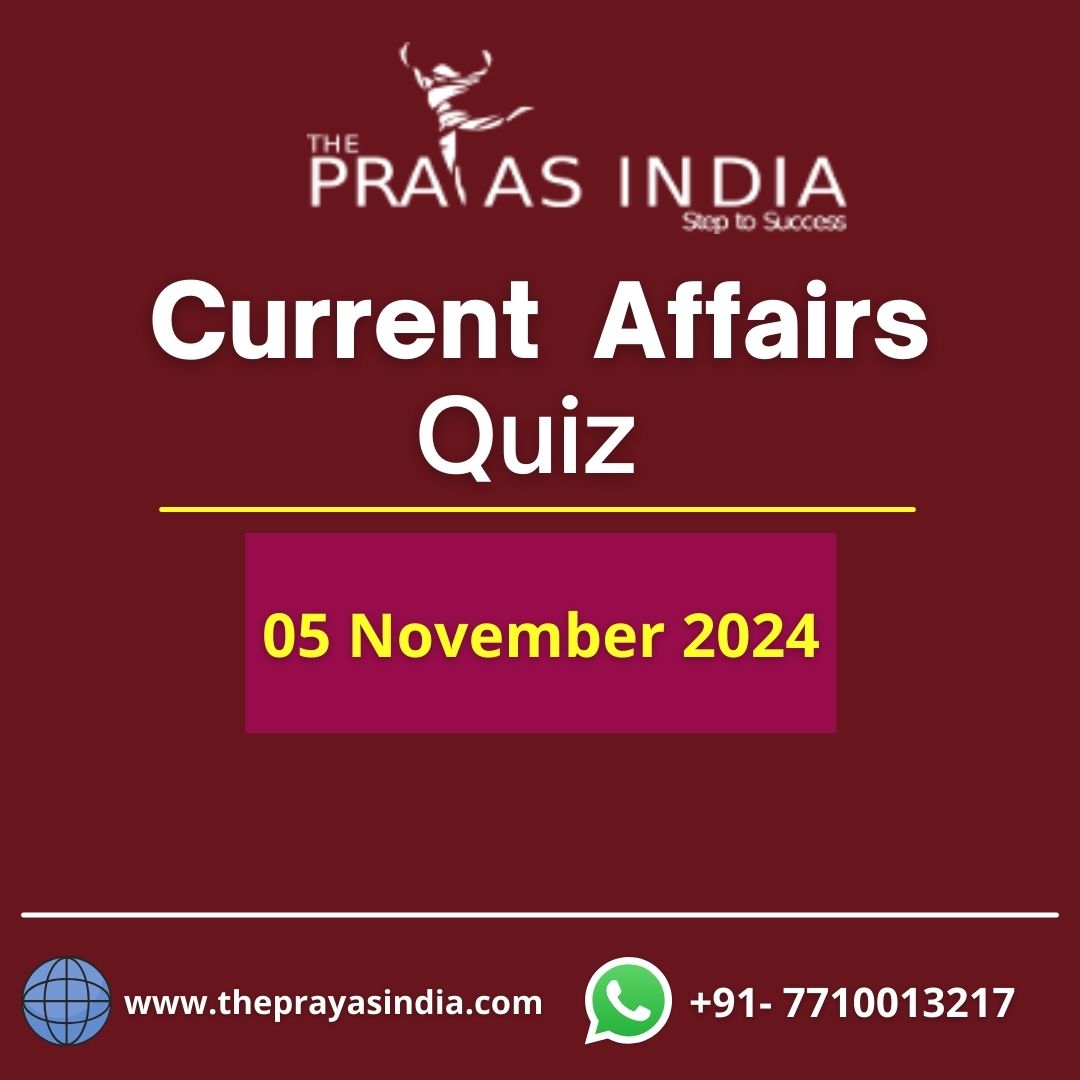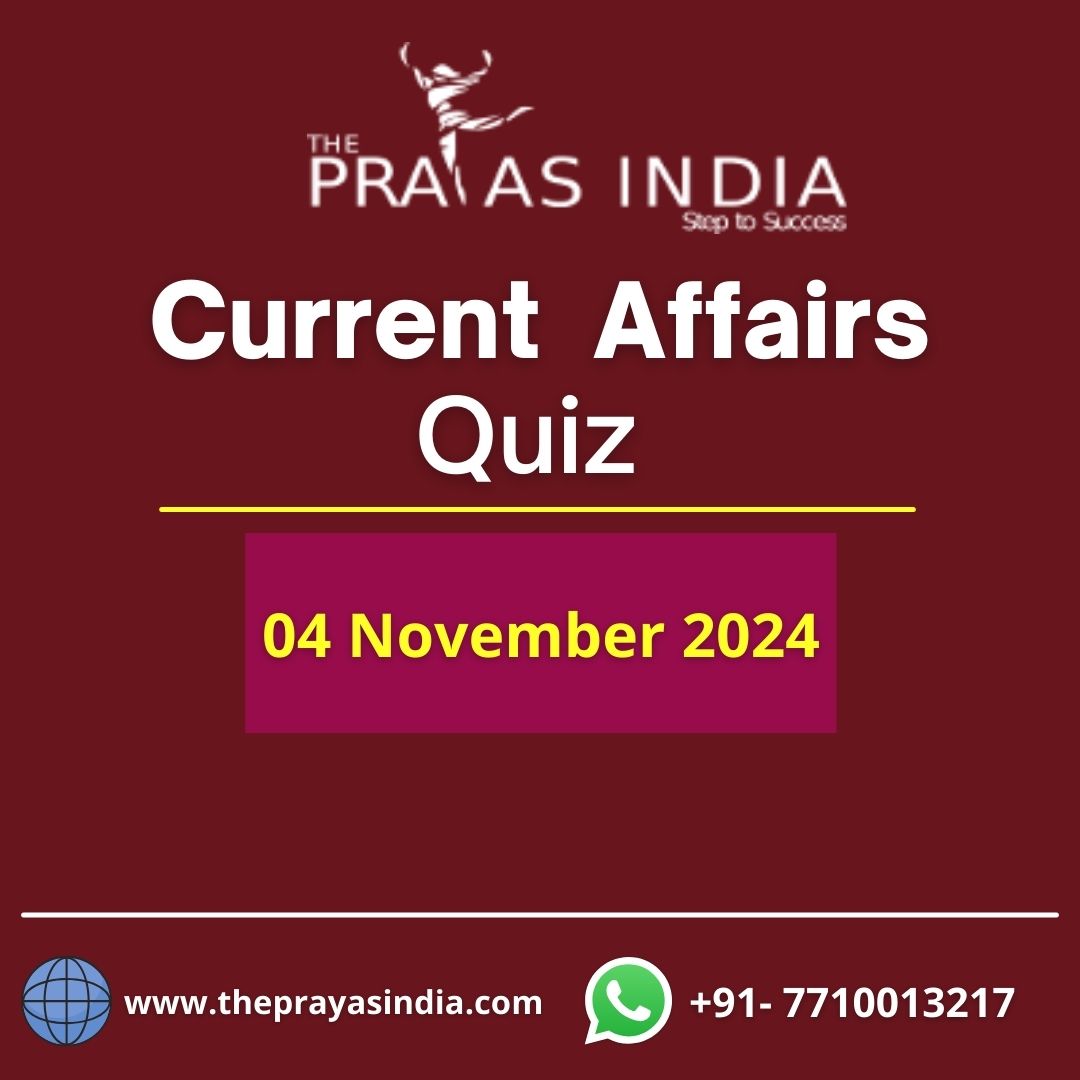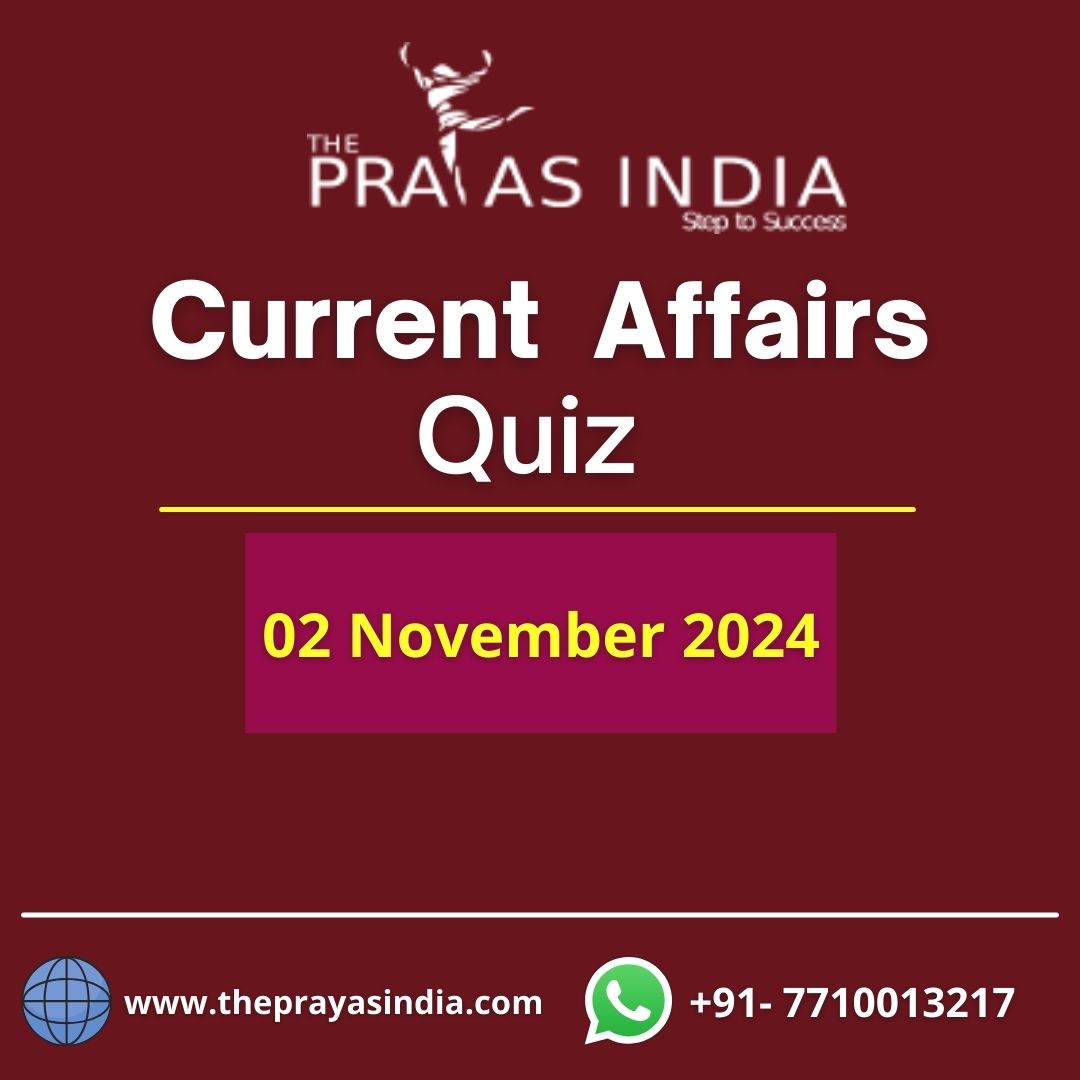Q1. What is a SIM card used for in mobile devices?
(a) To store contact information and photos.
(b) To connect to Wi-Fi networks.
(c) To enhance the device’s battery life.
(d) None of the above
Ans: (d)
Explanation:
- S1: This statement is incorrect. While some information like contacts may be stored on a SIM card, its primary function is not to store contact information and photos.
- S2: This statement is incorrect. A SIM card is not used to connect to Wi-Fi networks. Wi-Fi connectivity is typically managed through the device’s settings and does not require a SIM card.
- S3: This statement is incorrect. A SIM card does not play a role in enhancing a device’s battery life. The device’s battery life is influenced by factors like screen brightness, background apps, and the battery’s capacity.
- A SIM card, which stands for Subscriber Identity Module, is primarily used to provide mobile network connectivity to a mobile device. It stores essential subscriber information, such as the user’s phone number, network authentication details, and other data necessary for connecting to a cellular network.
Q2. What is a “ghost particle”?
(a) A type of paranormal entity believed to haunt certain locations and communicate with the living.
(b) A type of subatomic particle, also known as a neutrino, that interacts very weakly with matter.
(c) A rare form of biological organism capable of invisibility.
(d) A particle of dark matter, a mysterious substance that does not emit, absorb, or interact with electromagnetic radiation.
Ans: (b)
Explanation:
- Context: China is constructing the world’s largest “ghost particle” detector, a massive underwater telescope in the South China Sea, designed to detect neutrinos, which are often referred to as “ghost particles.”
- “Ghost particle” is a colloquial term for neutrinos. Neutrinos are subatomic particles that have extremely low mass and interact very weakly with matter. They are sometimes referred to as “ghost particles” because they can pass through vast amounts of material, including the Earth, without much interaction.
Q3. Consider the following statements:
- The Star Labeling Programme in India is a voluntary program that rates the energy efficiency of appliances on a scale of 1-5.
- The program was formulated by the Bureau of Energy Efficiency (BEE) under the Energy Conservation Act, 2001.
Which of the statements given above is/are correct?
(a) 1 only
(b) 2 only
(c) Both 1 and 2
(d) Neither 1 nor 2
Ans: (c)
Explanation:
- The Star Labelling Programme is a voluntary program that rates the energy efficiency of appliances on a scale of 1-5. The program was formulated by the Bureau of Energy Efficiency (BEE) under the Energy Conservation Act, 2001.
- The program’s goal is to help consumers make informed choices about energy-consuming appliances. The program is expected to save approximately 11.2 billion units of electricity by 2030 and reduce CO2 emissions by close to 9 million tonnes by 2030
Q4. Gola River sometimes mentioned in the news, is tributary of the:
(a) Yamuna River
(b) Brahmaputra River
(c) RamGanga River
(d) Mahanadi River
Ans: (c)
Explanation:
- Context: The Cabinet Committee on Economic Affairs (CCEA) approved the inclusion of the Jamrani Dam Multipurpose Project of Uttarakhand under the Pradhan Mantri Krishi Sinchayee Yojana-Accelerated Irrigation Benefit Programme (PMKSY-AIBP).
- he project involves dam construction (on Gola River, a tributary of Ram Ganga River in the Nainital district), irrigation, hydropower generation (14 MW), and providing drinking water to Haldwani and nearby areas.
- The Pradhan Mantri Krishi Sinchayee Yojana (PMKSY) is focused on improving irrigation and water efficiency, and this project is part of the Accelerated Irrigation Benefit Programme (AIBP). The Jamrani Dam Multipurpose Project is the seventh project to be included in this initiative.
Q5. Congo River merges into the:
(a) Atlantic Ocean
(b) Indian Ocean
(c) Pacific Ocean
(d) Mediterranean Sea
Ans: (a)
Explanation:
- The Congo River is tidal all the way to Boma, some 100 km from the mouth of the river. It merges into the Atlantic Ocean between Banana Point, DRC, and Sharks Point, Angola, from where it continues its course underwater




